Why Does It Take So Long to Release an Album?
I decided to start writing about the process of making an album because I often get asked why it takes the better part of a year for music to be released after it’s been recorded. I want to show how long and complex the process really is, and explain all the necessary steps. I also want people to understand how much work musicians still put into something that, let’s face it, most people no longer want to pay for.
These days, many assume recorded music should be free. And when they do spend money, it usually ends up going to Spotify or other streaming platforms. So please support musicians however you can: buy concert tickets, buy their music at shows. Only the biggest names make real money from streaming—I personally make about $20 a year.
So why do we still make records?
It’s a question I ask myself often, especially in the genres I inhabit, which are far removed from the commercial side of the music business. If you are part of that world, the business still revolves around the classic cycle: make a record, promote it, tour it. That’s still the primary way to get attention from the media and promoters—although these days they seem more interested in your number of online followers.
If you’re a freelance musician like me, most of your time is spent playing for other people. Promoting your own music becomes only a small part of your professional life.
Yet I’ve continued making records over the years. Lately I’ve slowed down and focused more on projects I truly care about. More than ever, I’m interested in creating a beautiful physical and sonic object—something more than just a collection of recordings. Making a record is my way of capturing a snapshot of who I am right now. It becomes a kind of testimony to this period of my creative life.

The Process: An Overview
In last week’s newsletter, I mentioned a new record I’ve been working on, and I asked if you’d be interested in learning more about the process. Many of you said yes, so here we go—starting with a general overview of what’s involved.
Phases of Making a Record
Even for non-commercial music, making a record is a long and exhausting process. Here’s a quick breakdown of the phases:
Pre-production: Plan the record, choose material, and select a producer and engineer.
Recording: Capture the sound.
Editing: Clean and align raw recordings.
Mixing: Shape the sonic feel of the record.
Mastering: Final polish.
Distribution & Release: Share it with the world.
In this piece I will cover some concepts concerning the first two phases.
1. Pre-Production
This phase includes everything that happens before you actually record. It starts with writing, learning, and arranging the material. While it may seem obvious, this creative part of the process can take years.
Personally, I write music that’s often sketch-like and heavy on improvisation. I need time on the road to test material and understand how it works in terms of form, texture, and flow. For example, some of the music on my upcoming album was written during the first lockdown—and it took this long to develop it to a point where I wanted to record it.
For more commercial records, people often create demos to have a sonic reference.
Producers
You’ve probably heard of producers, but what do they actually do?
A producer oversees and manages the recording and production of an album. Their role varies widely but often includes creative, technical, and organizational responsibilities.
I don’t usually work with a producer—most of my projects are small—but I’ve worked on larger projects where one was hired. A producer typically helps select material, source musicians and engineers, book a studio, and oversee the sound.
During recording sessions, the producer provides an outside perspective. They sit next to the engineer, listen carefully, and set the pace. When you’re immersed in playing, it’s hard to know how things are shaping up, so that external feedback is invaluable.
In classical music, producers follow the score closely and might say things like, “We still don’t have the C-sharp in bar 10 perfectly in tune—let’s do a few more takes.”
In post-production, producers often handle editing, mixing, and the overall budget.
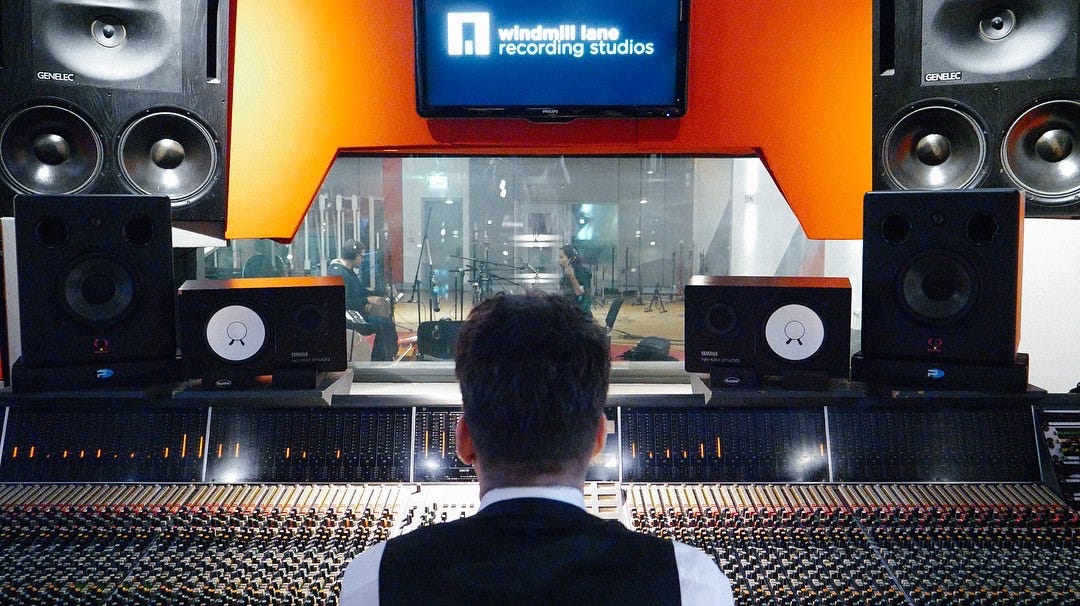
Engineers
When I don’t have a producer, choosing the right sound engineer becomes essential. This is the person who records the music—presses the record button—but they also handle mic placement and all technical aspects of the session.
You need to feel completely comfortable with your engineer. They must understand your instrument and the sound you’re trying to create. Something as abstract as mic placement can drastically affect the sound of an album.
For example, my engineer Ben Rawlins arranges multiple mic sets around the piano so that after recording we can mix and match combinations until we find the exact sound we love. In this way, Ben also acts a bit like a producer—keeping his ears open and offering creative insight during the session.
Location
Finding the right location can be one of the most difficult parts of making a record. It depends on what kind of album you want to make and how you want to record it.
For me, finding a good piano is the defining factor. Unfortunately, top-tier pianos are rare in recording studios. The best ones are usually in concert halls or theatres, which are often booked and expensive to rent.
I’ve been very lucky that one of Ireland’s finest pianos—a super beautiful Steinway D—is housed in St. Peter’s Church in Drogheda. The church not only has an amazing piano but also the best acoustics, and it’s available for recording at a reasonable price… but let’s keep that between us.
Churches are also a popular choice for classical and early music, especially for small ensembles. As I write this, I’m recording with ensemble L’Arpeggiata in a beautiful abbey in Saint-Michel-en-Thiérache, France.
As you can see in this picture, we sit in a circle around a central set of microphones, each with individual spot mics for more control. We’re also recording in Dolby Atmos, hence the circular antenna-like mic setup in the middle.
Churches generally offer generous, beautiful acoustics, which enhance the sound of both instruments and voices. But in urban settings, noise pollution can be a problem—so many recordings take place in quiet countryside churches. If you listen carefully to early music albums, you’ll often hear birds in the background—which is actually quite pleasant.
At the other end of the spectrum are recording studios. These are acoustically dry or “dead” spaces, which can feel unnatural—especially for acoustic instruments.
If you’re recording a band, you need a studio with a large enough room to accommodate a live session. Most jazz albums are recorded live—everyone playing together in the same room. That’s what gives them their natural, energetic feel.
See here below a picture of the legendary room at Power Station studios in NYC, where many Jazz albums are made (also notice in the pic Rhiannon Giddens and Bill Frisell).
Recording Approaches
Whether you’re in a studio or a church, you usually have three main recording options:
Play live in the same room
Play live in separate booths or rooms
Track instruments individually
This might be quite hard to understand, so I’m going to try to break it down here. When you play a concert, you usually interact with your bandmates on stage in real time. So if someone makes a mistake, you come together and try to solve the issue while playing, so you can find each other and land on the same spot as quickly as possible. It’s also normal that as a band you speed up and slow down by minimal amounts as you play, driven by the energy and excitement of the moment. Musicians are human beings, and mistakes happen.
But in the studio, this can prove problematic because it becomes very difficult to deal with mistakes in post-production.
If you record live in the same room, it might feel more like playing a concert, but you could have issues if you need to overdub (record a part at a later stage) extra instruments. The live band may speed up or slow down, and if there are mistakes, it will be very hard to fix them because there will be a lot of spill into everyone else’s microphones.
Wait a minute — you can fix mistakes in a record? And what is sound spill?
Yes, you can fix mistakes in a record, but not everything is possible. The incredibly sophisticated editing technology of today lets you remove a wrong note and sometimes surgically replace it with another note taken from a different take, in a way that nobody can notice. You can even change the pitch of a single note if it’s not perfect. I will talk more about this when I address post-production, but while recording, it’s very important that your producer or engineer is confident that even if there are mistakes in a really good take, they will be fixable to a certain degree.
There is also a consideration to be made about your recording philosophy. I personally believe that recorded music should be close enough to actually performed music, so I don’t believe in utterly unrealistic perfection when making a record. Unfortunately most classical music is expected to be that way (i.e., it needs to be unhumanly perfect), with sometimes something like 200 edits in a single track… Also, high-level pop music can be made that way.
The cleaner, more isolated your sound is—without any sound spill—the more you can change it, fix it, or re-record it afterwards.
For this reason, most commercial and pop records are usually recorded instrument by instrument in complete isolation, often playing to pre-recorded tracks or to a click track (a kind of metronome that lines up all your recorded parts in a grid). With this approach, you have a lot of freedom to change things in post-production. You can add instruments, remove instruments, re-record parts you’re not happy with, etc. So when you go into a recording session such as this, you often have no idea what the track is going to sound like in its final version as too many things are missing.
A mix of all these approaches is also possible. For example, it would be normal to record live bass and drums to a click track (or to a demo) and then layer the other parts one by one at a later stage.
If you go for option 2—splitting a band into different rooms for sound isolation—even if you play live, you might not be able to see each other and feel that direct communication. You might have to listen to each other through headphones, which can be a quite strange experience for many.
Why do you need sound isolation?
When you record, you usually use a multitrack setup. This means that each microphone in the room is connected to a separate channel-track of the recording. Each channel has its own sound that you can adjust, and then they all come together in one big picture. It’s like defining individually all the components and colors that will make a great picture.
So when you record, let’s say, a violin, the microphone you put in front of it will pick up the violin sound, but it will also pick up the other sounds in the room (those fancy mics are super sensitive). So, if you have a drumkit in the same room, it’s likely the drumkit sound will make it into the violin microphone and, as a result, it will be on that channel too. The problem is that you will be very limited in what you can do with the violin’s sound afterwards when there’s a strong presence of drums in the same mic.
This is called sound spill, and it’s the nightmare of every sound engineer, both for live and recorded music. Sound spill is true for every microphone in the room. So if you have a band with 20 open mics in a room full of instruments with dramatically different volumes, you will soon realize it will be impossible to do much with the sound you have recorded (more on mixing later).
Furthermore, sometimes the sound of the drums in the violin channel can become louder than the violin itself. So, for example, if you’re trying to mix the track and realize you need more volume on the violin solo, when you raise the violin channel, the drums will come up too, making it virtually impossible to properly mix the track.
Most people try to create a certain degree of so-called separation. Sometimes people sit in the same room and use shields or baffles to partially isolate sound, but still be able to play together in the same room. Very often the drumkit (one of the traditionally loudest instruments) is in a separate booth, completely isolated. Usually, the main vocalist also records in a vocal booth, completely isolated.
This is because often the vocalist is the main artist and wants the freedom to change their vocal parts afterwards. Yes, because when you have sound isolation, you can re-record all your parts without affecting any other instruments. Think about it: if the guitar mic picks up the vocals as well as the guitar, if you want to scrap the vocals, you won’t be able to because they will be part of the guitar track too!
So usually singers only record scratch vocals live with the band in a separate booth, then go back by themselves later to fine-tune and fix their vocal parts.
In this picture, you see the layout of a large studio room (Hit Factory in Miami) for the recording session of Rhiannon Giddens’ “You’re the One.” As you can see, most of the instruments are live in the same room, but the loudest are separated either by baffles or placed in a different room.
So, just to sum it up here:
Any combination of the above is possible, including playing completely live in a studio room. In general, though, the more you stay on the left side of the drawing, the more it will feel like a live performance.
A recording session can last anywhere from two days to two weeks (sometimes months for big acts). My own solo and small group projects were always recorded within 2 to 4 days. The amount of time in the studio also depends on your budget and on how prepared and settled you are with your ideas going into the studio. Some people come well rehearsed and with the music completely arranged, and things can go very fast; others, on the other hand, come with rough sketches and the music gets created on the spot (but this can be a slower and more expensive process).
Sometimes, miraculously, things can be very unprepared and still go super fast—like for the album They’re Calling Me Home I made with Rhiannon Giddens in 2020. We spent 4 days in the studio with no arrangements going in, and came out with more material than needed for an album. That probably had to do with the fact that it was just the two of us, we were so tuned into each other’s playing by that stage, and we made an amazing team with engineer Ben Rawlins. We had no producer, and Ben was essential for us as the external ears on this record.
Have a look at how intimate this recording setup is…we like to take risks!
Once the recording is finished, you usually get a series of “roughs” from the sound engineer to listen to. These are tracks with basic edits and very basic mixing.
I can’t stress enough how hard it is to have a clear idea of what the music will sound like while you’re recording it. You’re so focused on performing that it’s very difficult to really listen at the same time. Also, the kind of concentration you need while recording music is like nothing else in this profession. You’re often playing in a dry, sterile-sounding room, in a completely artificial setting, possibly listening to your own sound through headphones, unable to see your fellow musicians… and ultimately with no audience. It’s a very unnatural way to make music, and this is the one time your performance will be captured for posterity!
It’s a highly stressful scenario, and every professional musician has to learn, through experience, how to perform in a recording setting and be comfortable enough to give their best. It’s a unique and completely different set of skills from any other performing experience. For example, I used to get down—and almost depressed—in recording situations. I always felt my performance wasn’t good enough to be recorded. I hated listening back, and the more I tried, the worse I felt. Over the years, I had to learn to let many of those feelings go and to trust the ears of the people I’m working with.
Because of this, it’s often recommended to take a couple of days to “clean your ears” after a recording session before going back to listen to the “roughs.”
But what do “edited” and “mixed” actually mean?
Stay tuned for the next instalment…
If you enjoy this piece and want to know more about making a record, please consider becoming a free or paid subscriber to “Cooking by Ear”

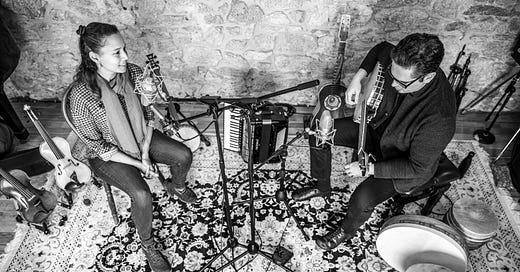


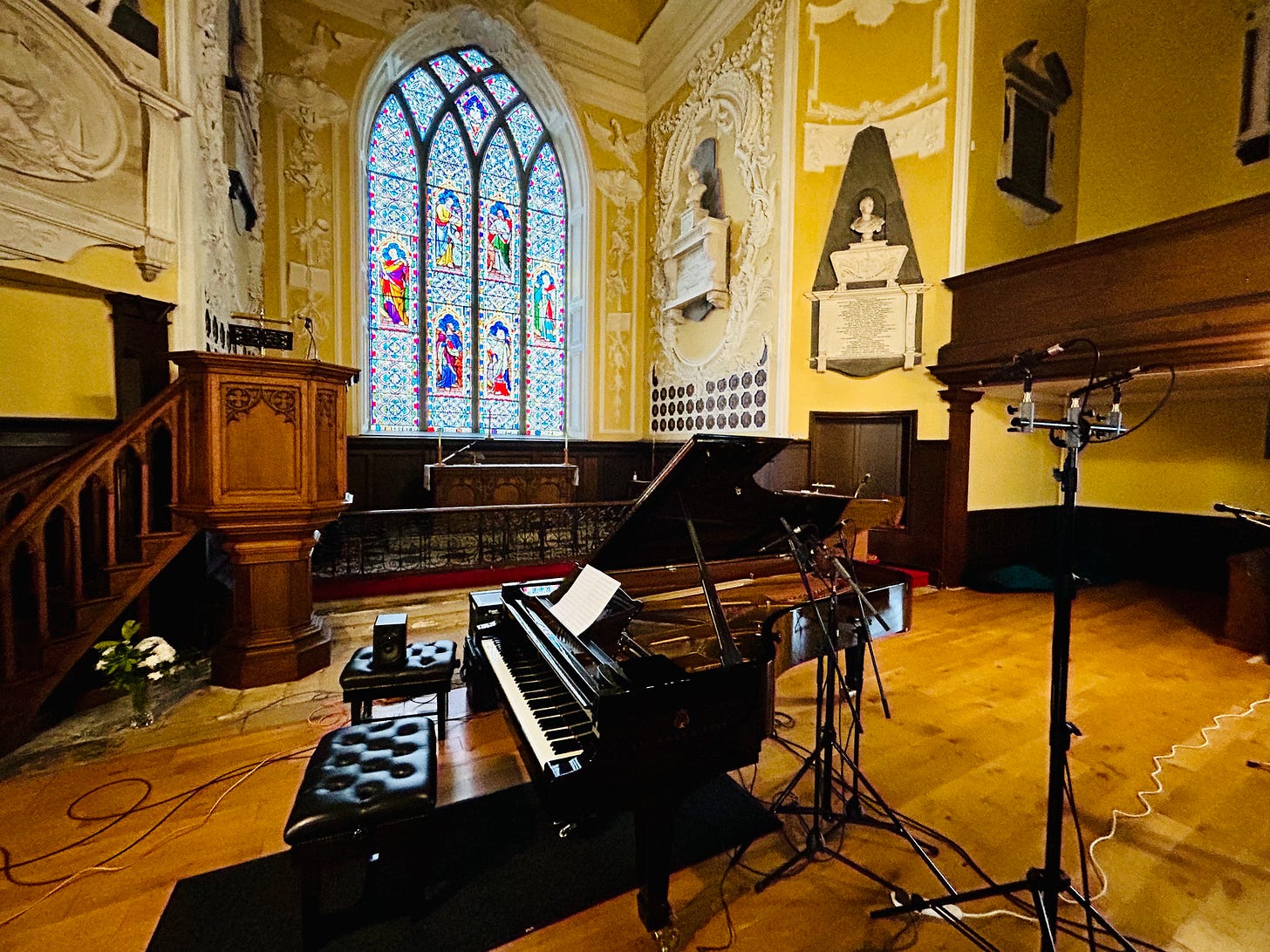
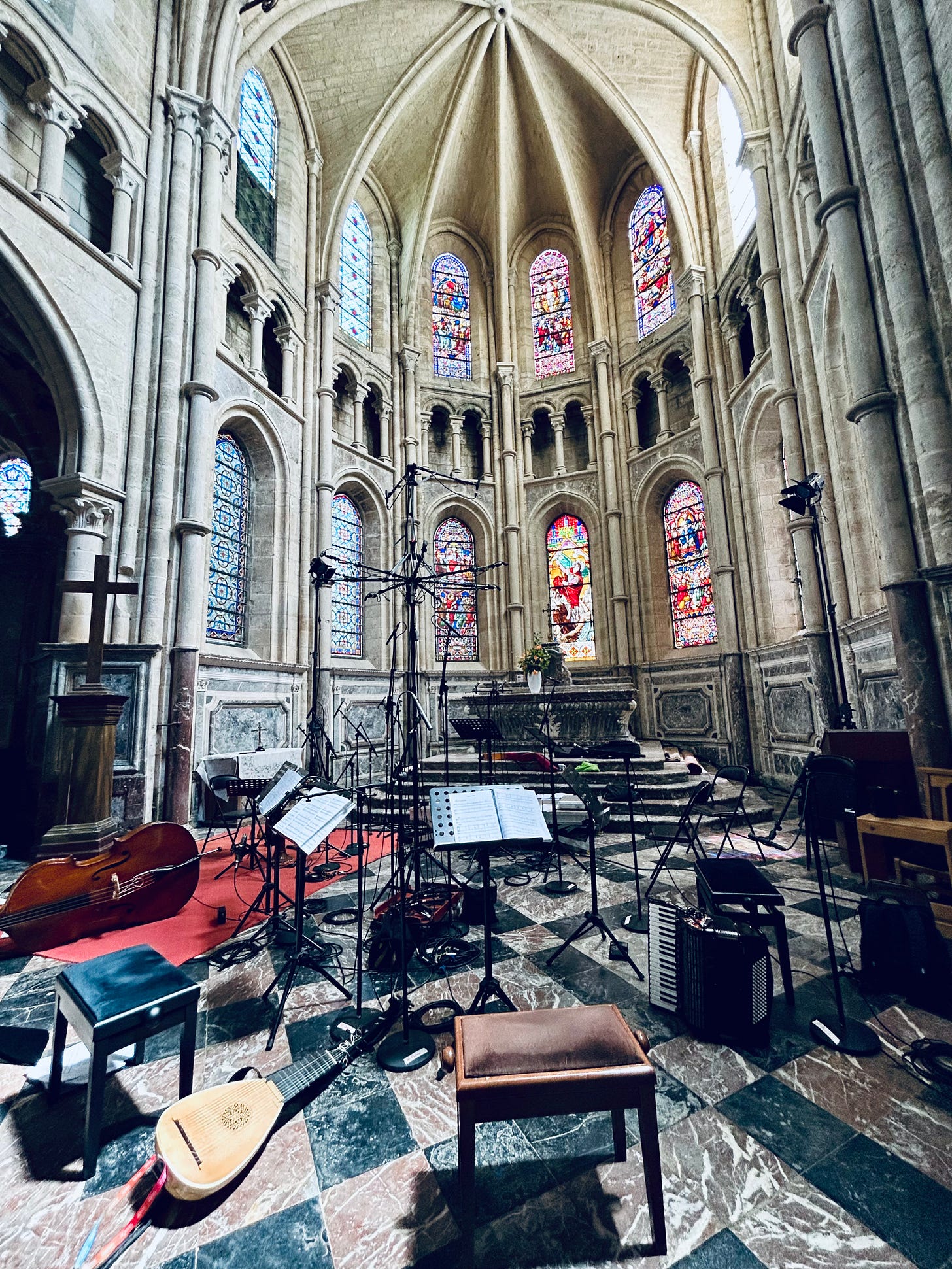
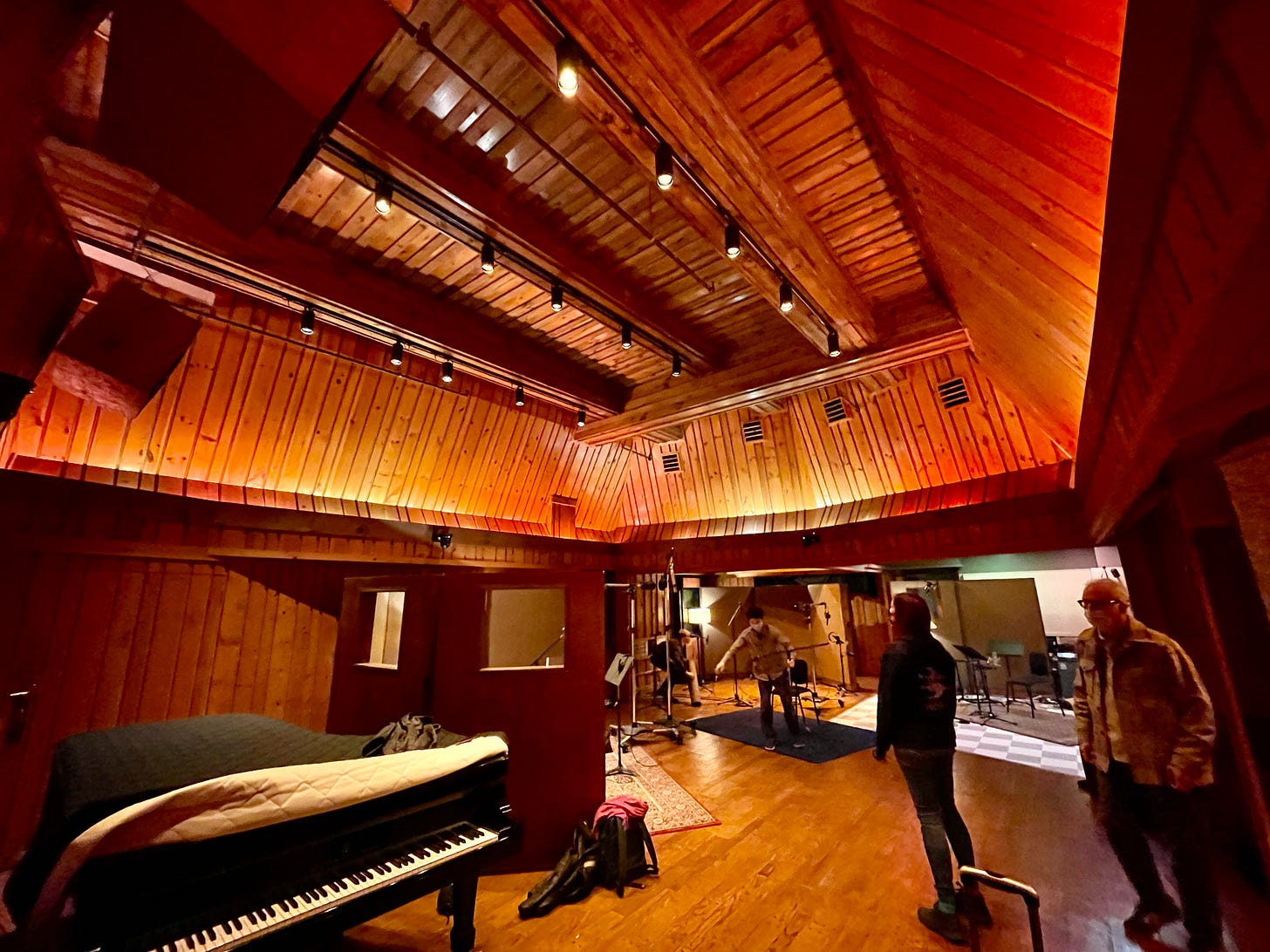
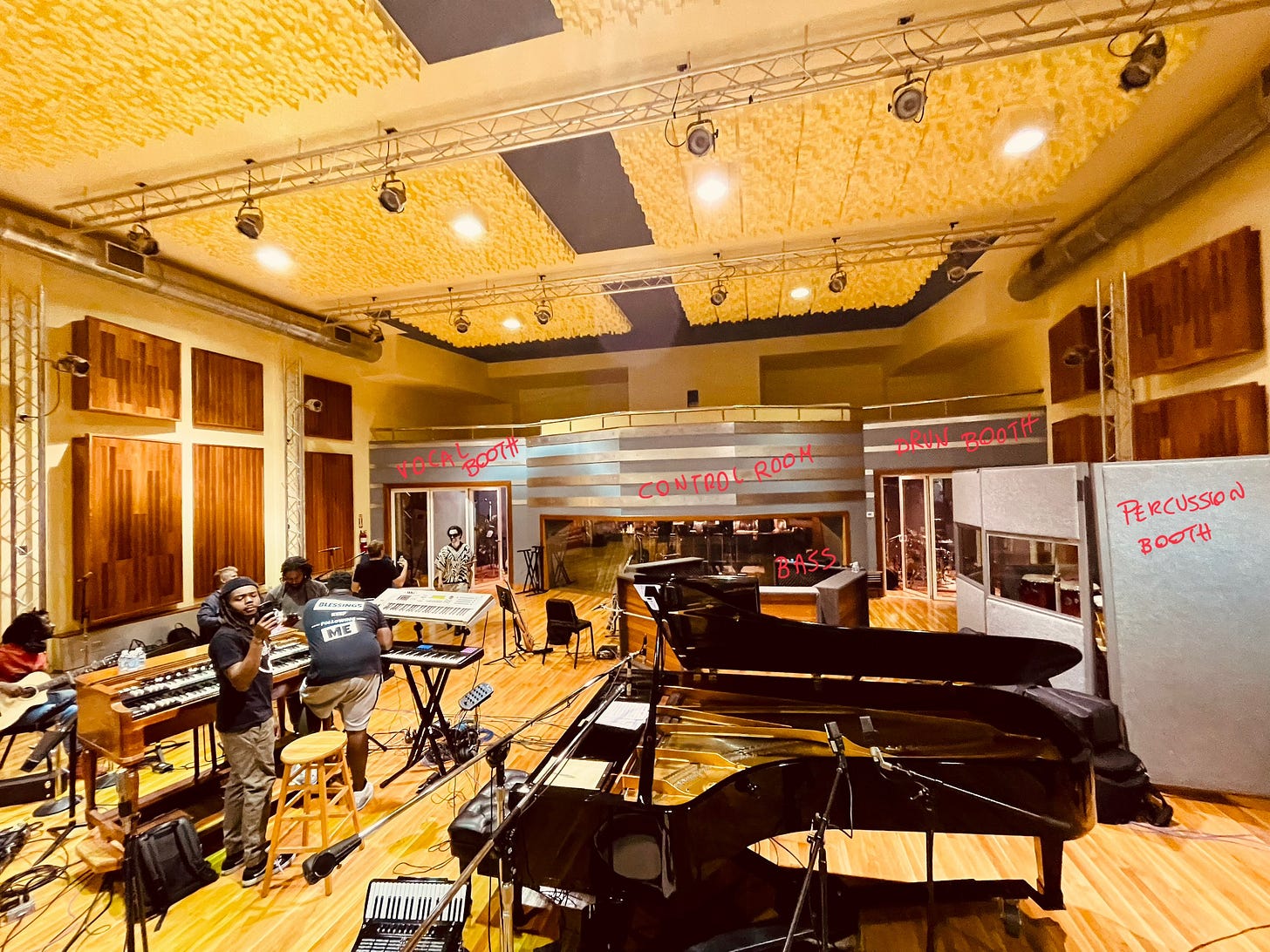

Francesco - this is a fantastic piece. Could I repost it on the Fan Alliance blog? www.thefanalliance.org. email: donaldcohenpersonal@gmail.com
Very much enjoyed this post. I always am interested in the details of how work gets done, whether it’s the way to hold a knife when slicing meat vs bread, or a description of the many inputs needed to produce an album. In these troubled times, we need to claim what brings us satisfaction.